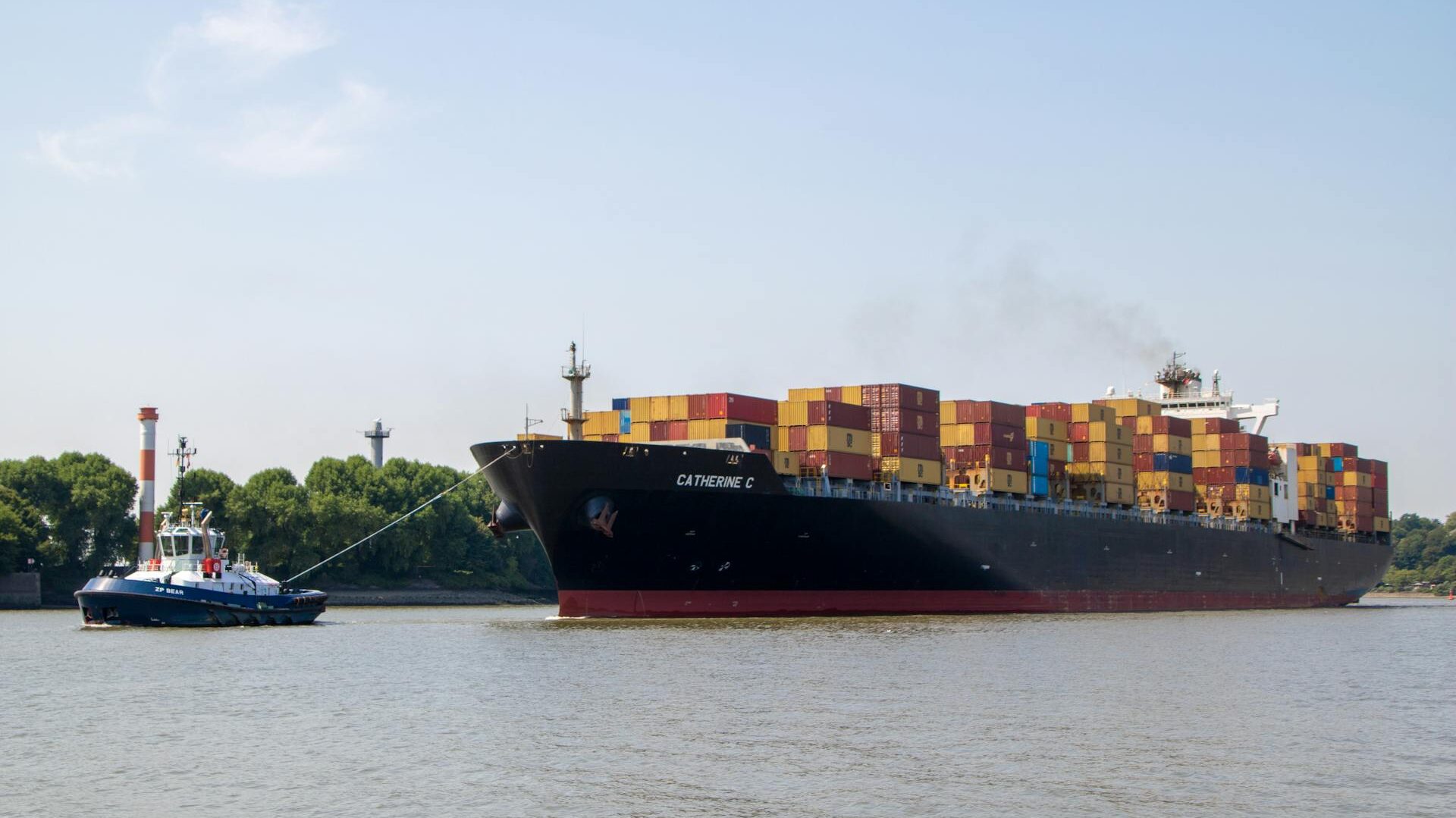
When it comes to international shipping, businesses are often faced with the decision of choosing between sea freight and air freight. One of the most crucial factors in this decision-making process is cost. In this article, we will delve into the various aspects of sea freight vs air freight costs, comparing the factors that influence them and providing insights to help you make an informed choice.
Freight Charges
Air Freight: Air freight is generally more expensive due to its speed and the limited space available on aircraft. Airlines charge based on the weight and volume of the cargo, with a preference for lighter and more compact shipments. For example, for a small, high-value item like electronics, air freight might be the go-to option despite the cost. However, the cost per kilogram or cubic meter can be significantly higher compared to sea freight.
Sea Freight: Sea freight, on the other hand, is known for its cost-effectiveness, especially for large and bulky shipments. Shipping companies calculate the cost based on the size of the container or the amount of space the cargo occupies in a shared container (less than container load – LCL). A full container load (FCL) can transport a large volume of goods at a relatively lower cost per unit. For instance, transporting a large quantity of furniture or construction materials is more economical via sea freight.
Add-on Charges
Air Freight: In addition to the base freight charges, air freight comes with several add-on charges. Fuel surcharges are common, as the price of aviation fuel can fluctuate significantly. Handling fees are also applied for the loading, unloading, and processing of the cargo at the airport. Customs clearance fees are another aspect, and these can vary depending on the nature of the goods and the destination country’s regulations.
Sea Freight: Sea freight also has its share of additional costs. Fuel surcharges are applicable here as well, though they may be calculated differently compared to air freight. Port handling fees, which cover the costs of loading and unloading the containers at the port, are significant. Customs clearance fees are also a part of the overall cost, and they can be complex, especially when dealing with different types of goods and international trade agreements.
Transit Time and Its Impact on Cost
Air Freight: Air freight is renowned for its speed, with shipments typically arriving within a few days. This quick transit time can be a major advantage for businesses that need to restock their inventory rapidly or deliver time-sensitive products. However, this speed comes at a premium. The higher cost of air freight is, in part, due to the efficiency and timeliness it offers.
Sea Freight: Sea freight is much slower, with transit times ranging from weeks to months, depending on the distance and the shipping route. While this may seem like a drawback, it allows businesses with more flexible delivery schedules to save on costs. For products that are not time-sensitive, such as non-perishable consumer goods or raw materials, sea freight can be a more cost-effective option.
Environmental Impact Considerations
Air Freight: Air freight has a significantly higher carbon footprint compared to sea freight. The burning of aviation fuel releases a large amount of greenhouse gases into the atmosphere. As environmental concerns become increasingly important for businesses, the high carbon emissions associated with air freight may be a deterrent for some companies looking to reduce their environmental impact.
Sea Freight: Sea freight is considered a more environmentally friendly option. Ships consume less fuel per unit of goods transported, resulting in lower carbon emissions. For companies that prioritize sustainability, sea freight may be the preferred choice, not only for cost reasons but also for its relatively lower environmental impact.
Flexibility and Reliability
Air Freight: Air freight offers greater flexibility in terms of delivery times and routes. There are more frequent flights to various destinations, allowing for more last-minute changes and quicker response to market demands. However, air freight is also more susceptible to disruptions due to weather conditions, airport congestion, and security issues, which can sometimes lead to delays.
Sea Freight: Sea freight has a more fixed schedule, with vessels departing on specific days. While this may limit flexibility to some extent, it also provides a certain level of predictability. Sea freight is generally more reliable in terms of scheduled departures, but it can be affected by factors such as port strikes, customs delays, and adverse weather conditions at sea.
Tips for Choosing the Right Option
- Consider the nature of your goods: High-value, lightweight, and time-sensitive items are often better suited for air freight. Bulky, heavy, and non-perishable goods are more cost-effectively shipped via sea freight.
- Evaluate your budget: If cost is a major concern and you have flexibility in delivery times, sea freight is likely the better option. However, if speed is crucial and cost is not the primary factor, air freight may be the way to go.
- Take into account environmental factors: If sustainability is important to your business, sea freight’s lower carbon footprint may make it the preferred choice.
- Assess the reliability and flexibility requirements: If you need quick and flexible delivery options, air freight may be more suitable. But if you can plan your shipments in advance and value reliability in terms of scheduled departures, sea freight can meet your needs.
In conclusion, the choice between sea freight and air freight cost depends on a variety of factors. By carefully considering the nature of your goods, your budget, environmental concerns, and delivery requirements, you can make an informed decision that optimizes your shipping costs and meets your business goals.





